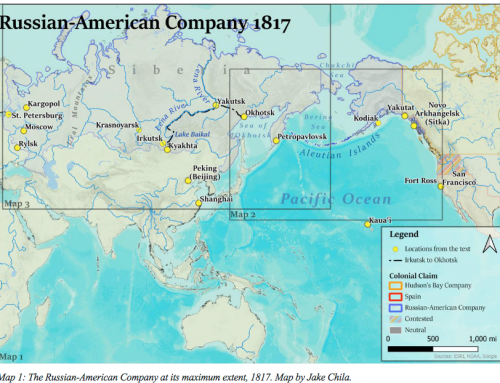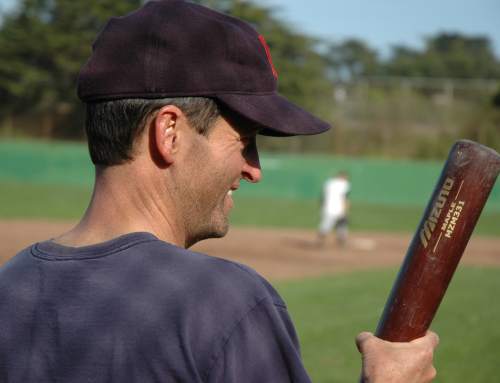In today’s increasingly digital economy, we can get through our day without ever having to touch cash, write a check or go to a bank. The question of what “money” is emerges as we consider what the relative advantages and disadvantages are of maintaining all of our transactions through electronic systems. Bitcoin poses yet additional challenges for those who believe that banks provide critical functions. Dr. Tiemann is continuing to explore these concepts and, in recent months, has focused his research into economic and banking history on the California Gold Rush. He plans to produce a series of articles from that work, which will help us better understand what money is and how and why it actually works. In the meantime, Dr. Tiemann has released a note examining the fascinating period just before the Gold Rush, when California’s economy suffered a severe shortage of cash and an absence of banks. Click on the image to read about William A. Leidesdorff, a successful San Francisco merchant in the pre-Gold Rush era of the 1840s, who dealt with those handicaps by becoming, in effect, his own banker.
Are Banks Necessary?
By Jonathan Tiemann|2018-12-20T20:21:54-08:00November 29th, 2017|Banking, California History, Crypto-currency, TIA, Trade & Commerce|0 Comments
About the Author: Jonathan Tiemann
Dr. Jonathan Tiemann, TIA’s founder, president and chief investment “guru,” has 30 years of investment experience, which include nearly a decade in academia and now more than twenty years managing money and designing investment services. He earned his B.S. in Applied Mathematics from Yale University, an M.S. in Operations Research from Stanford University, and his Ph.D. in Finance from Yale University. Dr. Tiemann taught Finance at Harvard Business School for five years before leaving academia for Barclays Global Investors (formerly Wells Fargo Nikko Investment Advisors and currently Blackrock), where he became Chief Investment Strategist, responsible for nearly $200 billion in institutional assets.










Leave A Comment